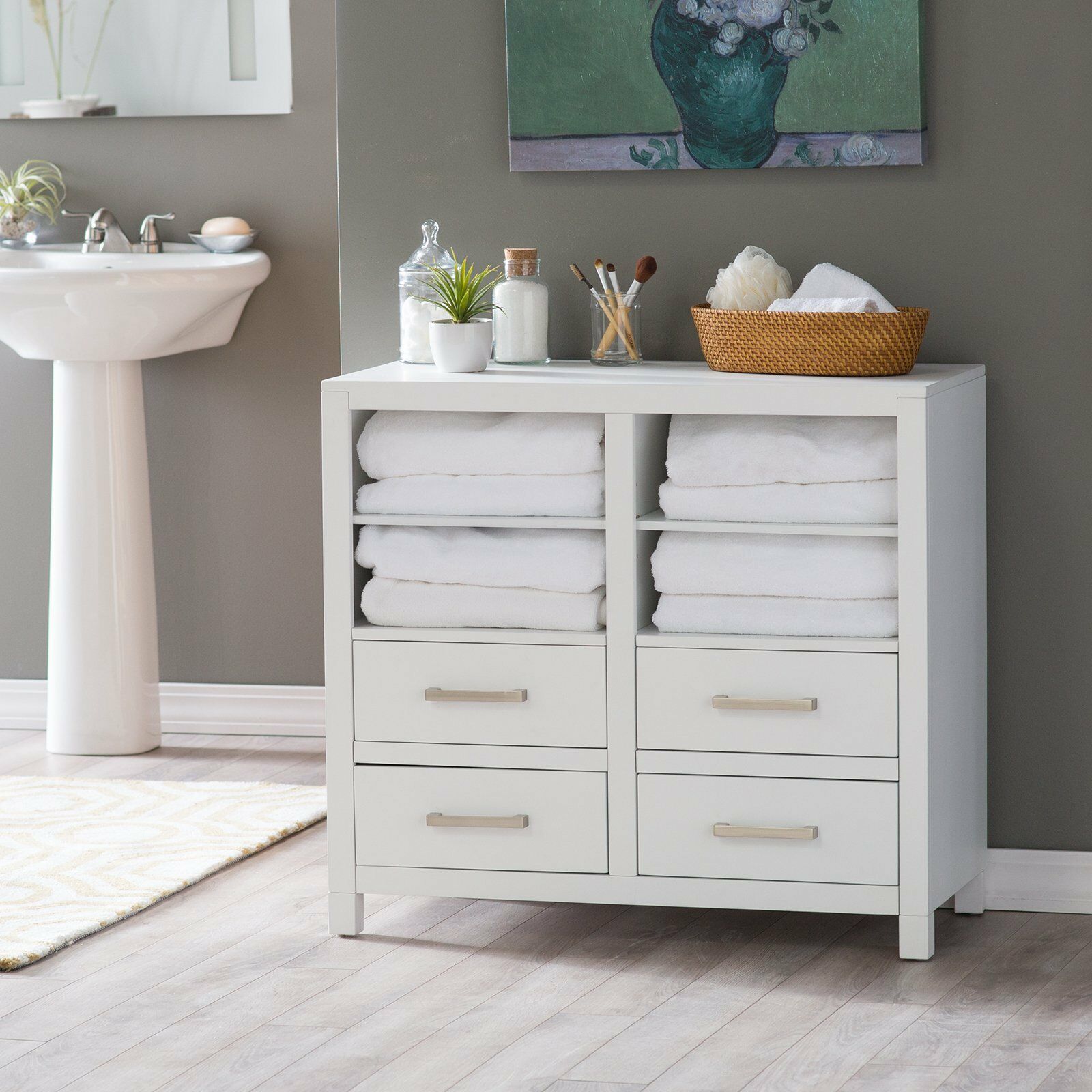Planning & Design: How To Build A Bathroom Storage Cabinet

Constructing a bathroom storage cabinet requires careful planning and design to ensure it fits the available space and meets your storage needs. This involves determining the cabinet’s dimensions, layout, materials, and construction methods. Careful consideration of these factors will result in a functional and aesthetically pleasing addition to your bathroom.
Bathroom Storage Cabinet Layouts, How to build a bathroom storage cabinet
Three distinct bathroom storage cabinet designs are presented below, each catering to different storage needs and spatial constraints. These designs offer varied options in terms of size, functionality, and overall aesthetic.
- Design 1: Small Corner Cabinet (24″ x 24″ x 12″): This compact design maximizes corner space. It features a single door opening to reveal a single shelf. The small footprint makes it ideal for smaller bathrooms or spaces where floor space is limited. The simple design minimizes construction complexity.
- Design 2: Medium Freestanding Cabinet (36″ x 18″ x 30″): This freestanding cabinet offers more substantial storage. It includes two doors, each concealing a shelf, and two drawers at the bottom for smaller items. This design balances storage capacity with a manageable size suitable for medium-sized bathrooms. The inclusion of drawers adds versatility in storage options.
- Design 3: Large Wall-Mounted Cabinet (48″ x 12″ x 36″): This design optimizes vertical space. It is wall-mounted to free up floor space. It features three shelves behind two doors, providing ample storage for toiletries, towels, and other bathroom essentials. Its larger size is well-suited for larger bathrooms or areas requiring significant storage capacity. The wall-mounted design maximizes floor space.
Materials List for Cabinet Designs
The choice of materials significantly impacts the cabinet’s durability, aesthetics, and cost. The following lists detail the materials needed for each design, focusing on readily available and cost-effective options.
- Design 1: 1 sheet of 1/2″ plywood (4’x8′), 2 hinges, 1 door knob, 1 shelf support, wood glue, wood screws, wood stain/paint.
- Design 2: 2 sheets of 1/2″ plywood (4’x8′), 4 hinges, 2 door knobs, 2 drawer slides, drawer fronts and sides (from same plywood), wood glue, wood screws, wood stain/paint.
- Design 3: 3 sheets of 1/2″ plywood (4’x8′), 4 hinges, 2 door knobs, shelf supports, wall mounting brackets, wood glue, wood screws, wood stain/paint.
Creating Detailed Construction Drawings
Precise construction drawings are crucial for a successful build. These drawings should include detailed dimensions, material specifications, and assembly instructions. Software such as SketchUp or AutoCAD can be used to create professional-looking drawings.
Detailed drawings should specify the cabinet’s overall dimensions, the dimensions of each component (sides, top, bottom, shelves, doors, drawers), the placement of hinges, handles, and other hardware, as well as the construction methods for the doors and drawers. For example, the drawer construction might involve rabbet joints for strength and precision. Door construction could involve simple overlay or inset methods, depending on the desired aesthetic. The drawings should also include a cut list, specifying the size and quantity of each piece of wood required. This detailed approach ensures accuracy and minimizes errors during construction.
